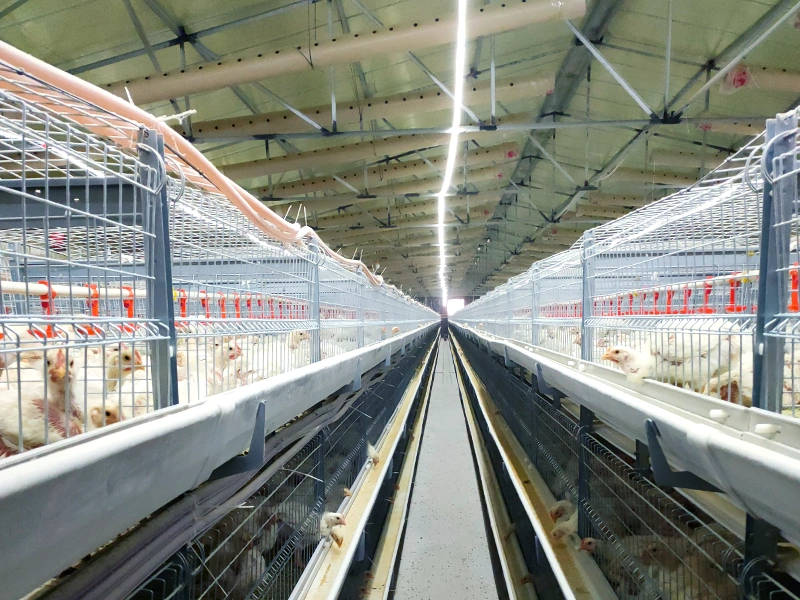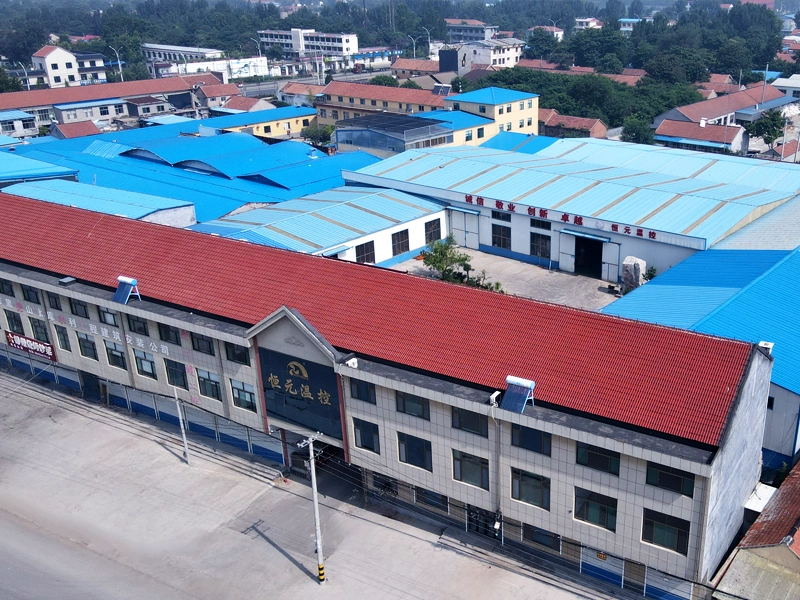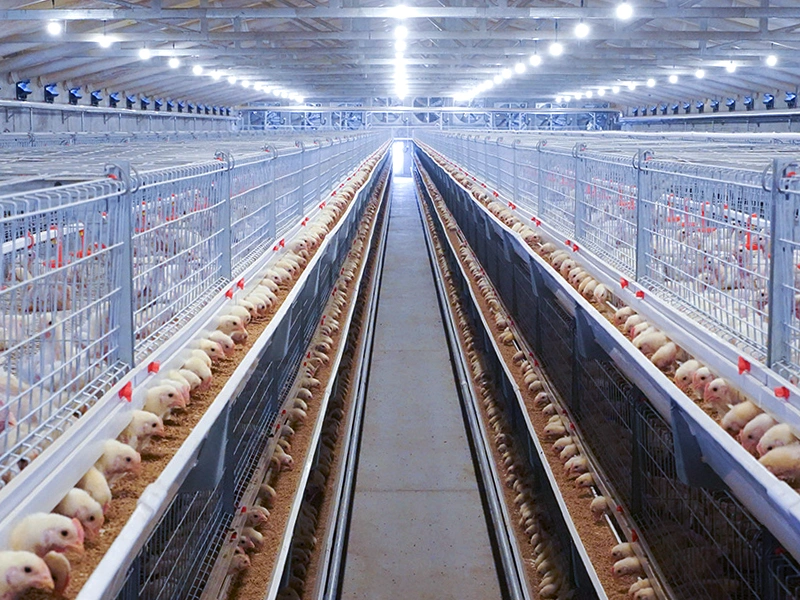Navigating the Nuances of Negative Pressure Fans: What You Should Know!
Release time:
2025-08-26
Understanding Negative Pressure Fans
Hey there! If you're in the market for improving indoor air quality or just trying to keep things fresh and breezy, then you've likely stumbled upon the term negative pressure fan. Sounds fancy, right? But what does it really mean, and why should you care? Let's break it down!
What is a Negative Pressure Fan?
A negative pressure fan is designed to create a lower pressure inside a space compared to the outside atmosphere. By pulling air out, it allows fresh air to enter through openings, thus ensuring a constant flow. This is super important in environments like hospitals, laboratories, and even some industrial settings.
Why You Need One
Let's face it, stale air is a major buzzkill. Not only does it make a place feel cramped, but it can also lead to health issues. With a negative pressure fan, you're not just moving air; you're improving air quality, reducing humidity levels, and even minimizing the spread of contaminants. Who wouldn't want that?
The Science Behind It
Now, I know what you're thinking: “What's the science behind this?” Well, it's pretty straightforward. By creating negative pressure, you're essentially encouraging fresh air to flow in from outside, replacing the old, stale air. This is crucial in spaces where cleanliness is key—think hospitals or labs!
Key Considerations
Alright, before you rush out to grab a negative pressure fan, there are a few things to keep in mind:
1. Size Matters
Don't go for just any fan. Measure your space and choose a fan that's appropriate for the volume of air you need to move. A fan that's too small won't do the trick, and one that's too big could create issues.
2. Installation is Key
Installing a negative pressure fan isn't a walk in the park. It's vital to ensure it's set up correctly to achieve that sweet negative pressure balance. If in doubt, call in the pros!
3. Maintenance is a Must
Like any equipment, your negative pressure fan needs some TLC. Regular cleaning and maintenance will keep it running smoothly and efficiently. Trust me; it'll save you a headache down the line.
Safety First!
Remember, safety is paramount when dealing with air flow and ventilation systems. Be sure to follow all manufacturer guidelines and local regulations. After all, you don't want to compromise on safety while trying to breathe easier!
In Conclusion
So there you have it—everything you need to know about negative pressure fans. These devices can significantly enhance air quality, but they come with their own set of considerations. Do your research, consult experts, and soon enough, you'll be breathing easy!
Happy Ventilating!
recommend Content
2025-04-24
Share






